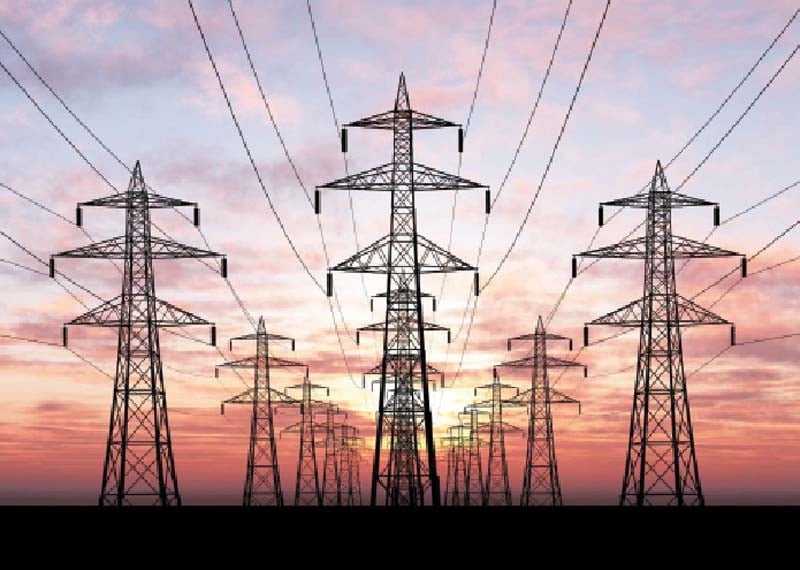In a surprising move, the government has announced plans to establish a new 1,200-megawatt power plant in the public sector, even as the country faces a surplus of electricity. While this initiative aims to increase the share of renewable energy, it could further complicate existing issues within the power sector.
The federal government is preparing to approve the project, which will entail a land acquisition cost of Rs6.2 billion for the installation of a solar power plant in Layyah, located in southern Punjab. This expenditure will be separate from the overall cost of constructing the plant.
According to official documents, the primary objective of introducing an additional 1,200MW to the existing capacity of over 42,000MW is to reduce reliance on expensive fossil fuel-based power generation. However, the addition of this capacity may not alleviate the burden of idle capacity payments, as solar plants typically do not incur such charges.
The new solar facility could render existing plants of similar capacity dormant, resulting in payments to those plants for power they do not generate. For the current fiscal year, the government estimates idle capacity payments could reach around Rs2.1 trillion, contributing an extra Rs18.3 per unit to consumer costs.
This development comes at a time when the government is attempting to persuade the owners of five power plants to voluntarily suspend their power purchase contracts. The average electricity consumption in the country ranges from 22,000MW to 24,000MW, significantly below the total available capacity, leading to these idle payments.
Planning Minister Ahsan Iqbal stated that the surplus electricity is largely a result of fluctuations in consumption patterns between the summer and winter seasons. However, Iqbal, who also serves as Deputy Chairman of the Planning Commission, is expected to oversee the federal government’s Rs6.2 billion project for land acquisition, which will require 4,827 acres.
The original project proposal, approved by the Central Development Working Party in October 2022, estimated the land acquisition cost at Rs2.7 billion. However, rising land prices have led to a dramatic increase, with costs per acre soaring from Rs500,000 to Rs2.4 million.
The energy ministry has indicated that electricity and gas shortages are key factors hindering production in various industries, thus necessitating the installation of new energy projects. It further noted that high electricity generation costs contribute to circular debt and elevate the manufacturing costs of domestic products, ultimately harming the export sector.
Despite these challenges, the government plans to move forward with multiple solar power megaprojects, including the 1,200MW facility in Layyah. However, this initiative comes amid fiscal constraints, as the National Transmission and Dispatch Company (NTDC) is currently managing approximately 62 projects, straining its financial capabilities.
NTDC has proposed four new projects with a combined cost of over Rs400 billion for the fiscal year 2024-25, necessitating an annual equity arrangement exceeding Rs20 billion. This situation calls for a careful assessment of NTDC’s financial health to handle this substantial financial load effectively.
The sharp 134% increase in land costs also requires scrutiny, as it will impact end-consumer tariffs. The ongoing circular debt crisis poses a significant threat to the viability of the power sector. Despite a 51% increase in electricity prices in July, the government anticipates that circular debt could escalate to a record Rs2.8 trillion by the end of the current fiscal year, absent any budgetary subsidies.
The Ministry of Finance is expected to inject Rs381 billion in subsidies, which will reduce the debt to Rs2.42 trillion; however, this still represents a net increase of Rs36 billion in the debt. The Power Division has historically struggled to meet debt reduction targets, missing last fiscal year’s goal by Rs83 billion despite substantial price hikes.
A draft of the prime minister’s “Home-Grown Economic Reform Agenda” highlights that past missteps and a reluctance to address structural market issues have led to soaring energy prices. The document cites poor contracting, inefficiencies, and a failure to recover costs as contributors to approximately $8 billion in circular debt within the electricity sector and an additional $6 billion in the gas sector.
The plan further notes that the limited reliability of the current system could cost the economy another $8 billion annually. Nevertheless, the document asserts that the country possesses surplus power generation capacity, with plans to expand this capacity in the future.
As part of its strategy, the government is transitioning towards a competitive electricity market via the Competitive Trading Bilateral Contracts Market. This new structure will enable bulk buyers and sellers to negotiate market prices, moving away from a standardized pricing model.



